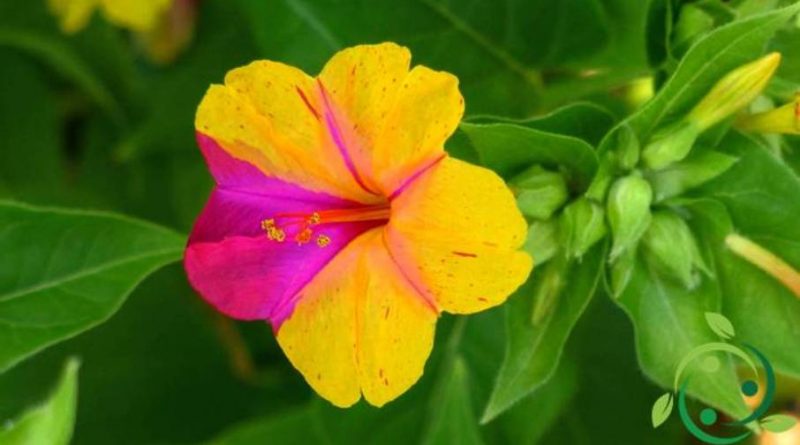Cultivation of Beauty at night and ecological uses
Cultivation of Beauty at night and ecological uses
The beautiful at night (Mirabilis jalapa, L. 1753) is a tuberose herbaceous plant of the Nyctaginaceae family and of Peruvian origin. The specific term (jalapa) refers to the city of Jalapa, city of Mexico, capital of the state of Veracruz. It is a bushy ornamental plant ideal for borders and rocky areas of the gardens. In this sheet we see the most suitable techniques for the cultivation of Beauty at night and its possible ecological uses. In fact, recent research has shown that Mirabilis jalapa has a fundamental role in the reclamation of soils contaminated by heavy metals, as it is able to absorb them and make them inert. So it is a useful variety, as well as aesthetically pleasing. The beautiful at night is an annual bushy plant from 60 to 90 cm but that in conditions of fertility and suitable brightness can reach even 150 cm and that blooms in the period from July to October. These are very numerous and very fragrant blooms, gathered in clusters of two to eight, with the typical shape of small trombettes of yellow, orange, red, white and sometimes even mottled. The most noticeable feature of Bella at night is that the flowers hatch at sunset to close at sunrise. It produces roundish and wrinkled dark-colored seeds.
For the cultivation of the beautiful at night take into account that it is a plant that needs bright and sunny places with fresh soils, rich in organic substance and well drained even if it is a plant with great pedological adaptability. Also from the point of view of the irrigation needs depends on the depth of the soil. In optimal conditions it manages to overcome the summer with the only water reserve that the substratum has accumulated during the rainy season; however both the regular summer waterings obviously allow it optimal growth. Even in the condition of residual fertility it can give great blooms so if we really want to intervene with fertilizer let’s do it with organic substances (compost or earthworm humus or mature manure to be administered in spring). In this regard, we recall that the reproduction of the beautiful at night takes place by sowing at the end of winter or by the separation of rhizomes or tubers in autumn.
The beautiful at night is a very rustic plant to adversity; among these some green aphids can give some problems but this happens mostly when we excessively soften the plant with excessive fertilization and irrigation. Due to its adaptability characteristics it is also cultivated in pots (but these must be medium-large size) provided they are placed in sunny areas.
Regarding the multiplication and propagation, by means of the seeds, of the Bella di notte, it should be remembered that the collection should be done in the period September-October and stored in bags closed until sowing. The sowing must be done at the end of winter between February and March, distributing the seeds, either in pot or in the ground, well spaced and evenly. These must be covered with a layer of soil mixed with sand and well drained. Once the germination has taken place (it takes about three weeks), the new seedlings can be transplanted at a distance of about 7-8 cm from each other.
Another system is to extract, in October, the bulbs or tubers of Bella at night from the ground (or from the vase), separate them, let them dry and then store them in a dry place until the time of the plant that will come carried out towards the end of March.
Be careful, however, because both the roots and the seeds of mirabilis jalapa are poisonous for humans and for pets like dogs and cats. The toxicity is due to the presence of principles such as alkaloids, resins and arabinose.

